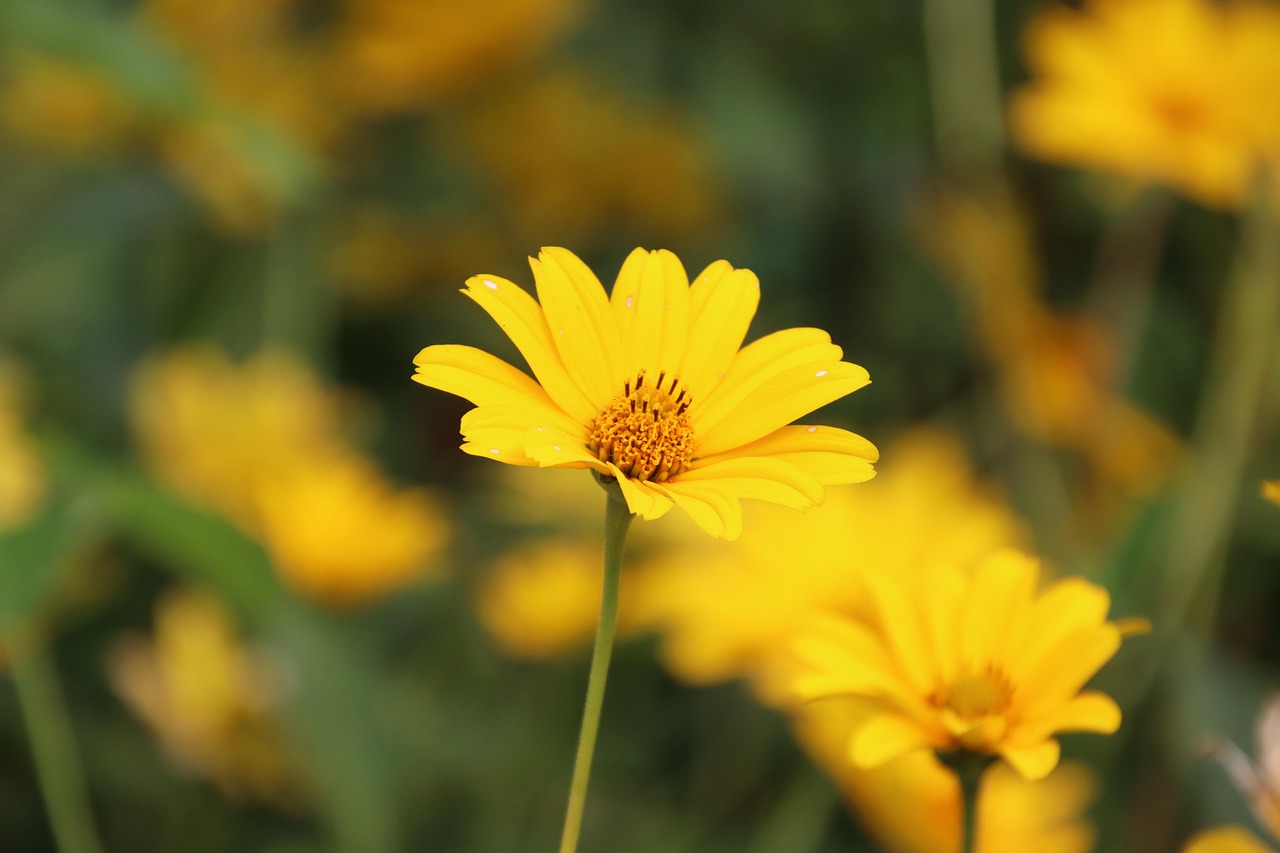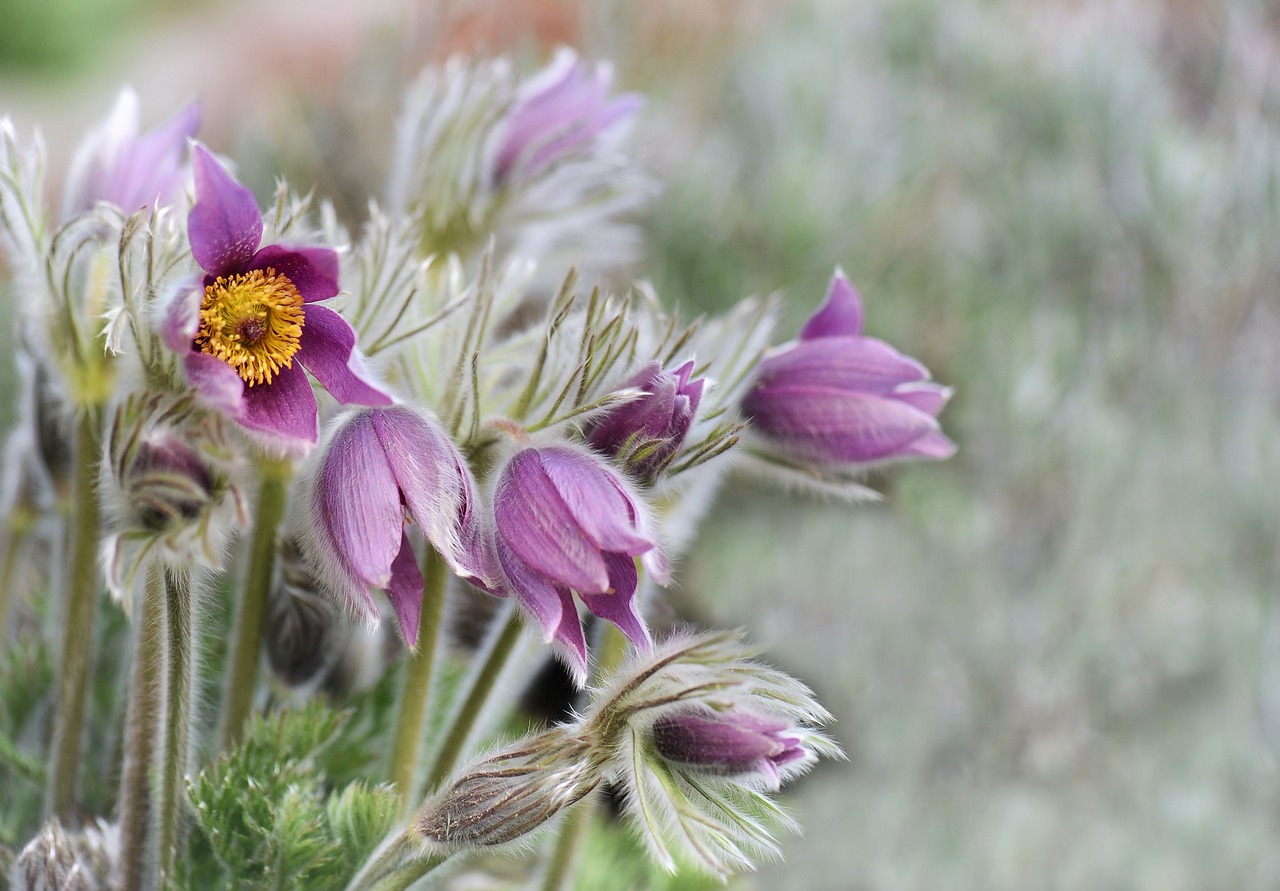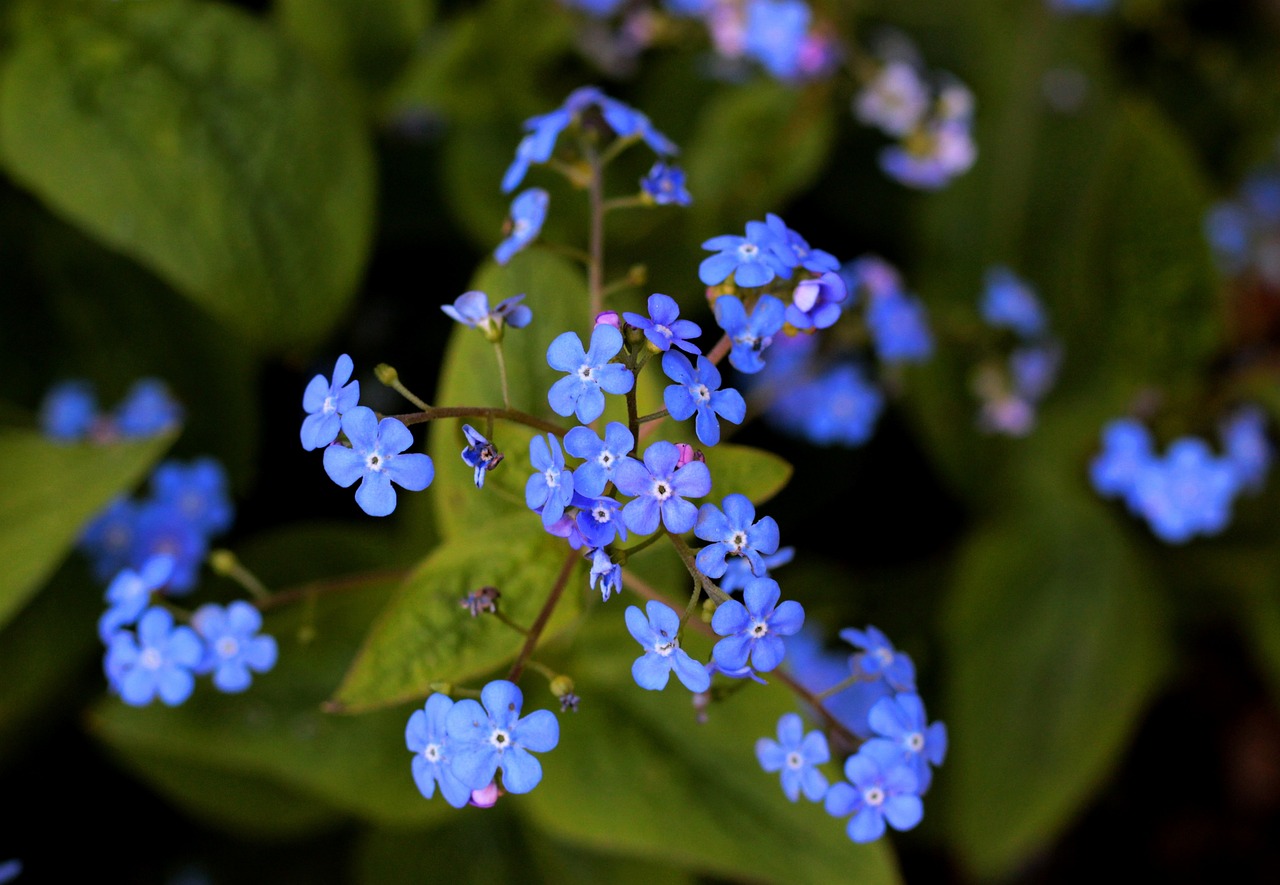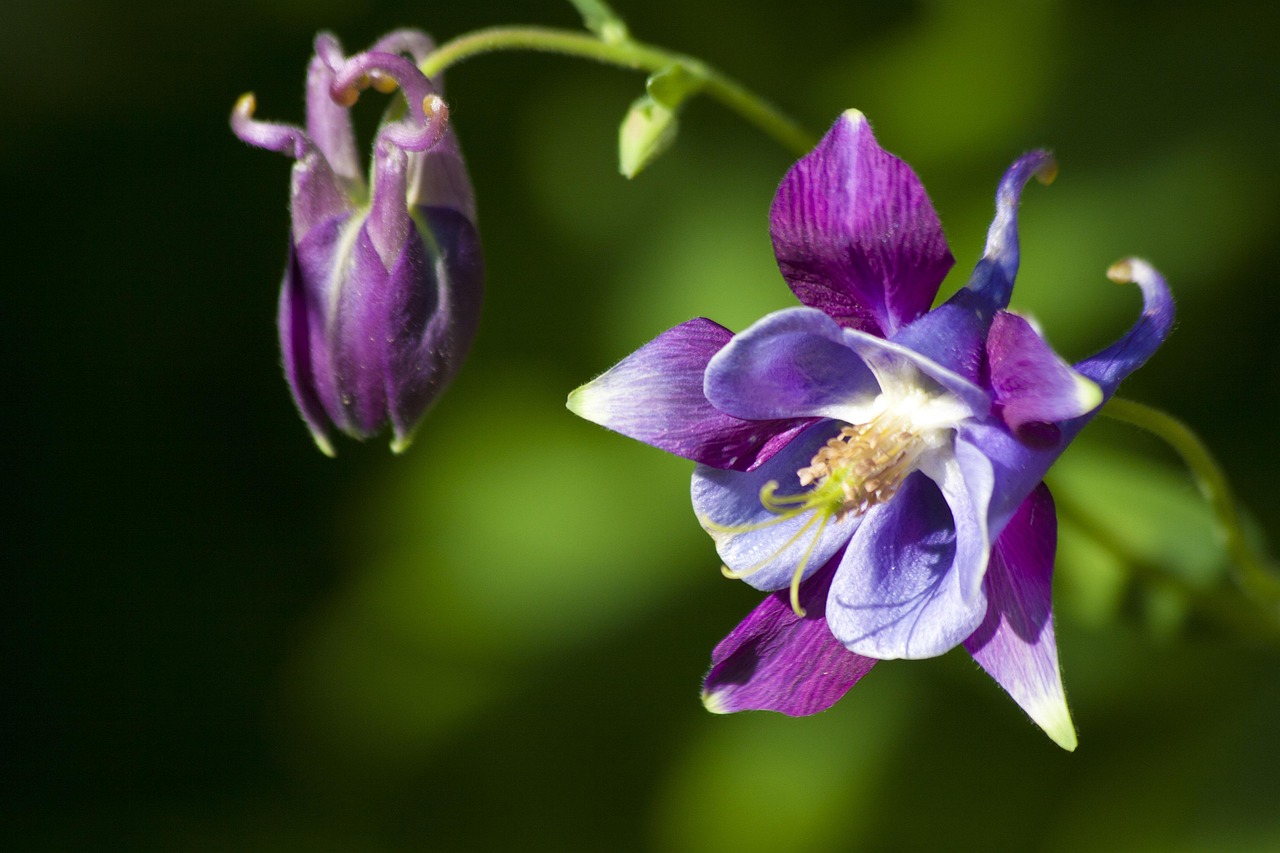Yellow Iris | A European Landscape Flower Adding Color to Watersides
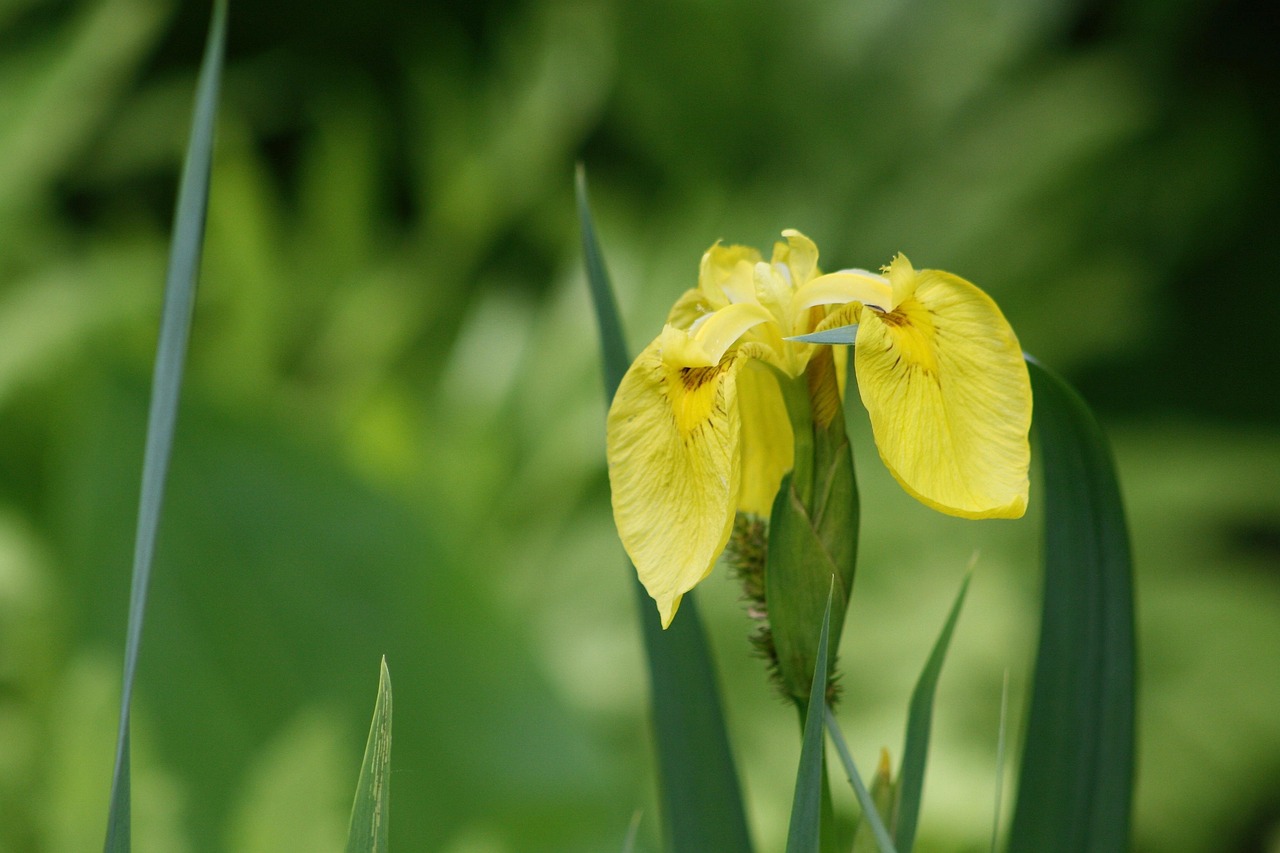
The Yellow Iris is a perennial plant characterized by its bright yellow flowers and slender, upright leaves.
Growing naturally in wetlands and along rivers, this plant has been deeply integrated into people’s lives as part of the natural scenery, especially in Europe. Today, it is also highly regarded in horticulture and landscape design, being cultivated worldwide as a plant that beautifully decorates watersides.
In this article, I will introduce not only the basic information about the Yellow Iris but also its cultural background, historical significance, and practical tips for cultivation.
Basic Information
- Scientific name: Iris pseudacorus
- Family: Iridaceae
- Origin: Europe, Western Asia, North Africa
- Appearance: It grows to about 60–100 cm in height, with sword-shaped leaves standing upright. Blooming in May and June, its bright yellow outer tepals spread widely, often marked with vein-like patterns that give the flowers depth. Adapted to wetlands, it spreads through rhizomes.
- Flowering season: May to June
Cultural Significance Worldwide
The Yellow Iris has long grown naturally in the wetlands of Europe, where it has been cherished as part of the landscape.
In England, it became recognized within the culture of naturalistic gardens, and since the 19th century, it has been widely introduced with the rise of natural gardens. It is often planted in public ponds and biotopes, contributing both to ecological conservation and to the beauty of landscapes.
In Central Europe, particularly in Germany and Austria, the sight of Yellow Irises flourishing along rural watersides often appears in folktales and poetry. Blooming by rivers and wetlands, the plant has been seen as a symbol of seasonal transitions and the richness of the land.
In Japan, it was introduced during the Meiji era as an ornamental plant. Since then, it has been cultivated in wetland botanical gardens and nature parks, where its yellow flowers provide a unique color contrast to native irises such as Iris ensata and Iris laevigata.
Historical Episodes
The existence of the Yellow Iris is recorded in ancient Roman and Greek botanical texts, where it was recognized as a wetland plant. In Pliny the Elder’s Natural History, there are descriptions of how irises grew in different regions.
In the Middle Ages, wetlands plants began to be cultivated in monastic gardens, and the Yellow Iris was sometimes grown in monastery grounds. It is believed that these plants also contributed to water purification around monastic wetlands and streams, serving as part of environmental management.
From the 18th to the 19th centuries, during the gardening boom, the Yellow Iris was introduced to botanical gardens across Europe and appeared in botanical records and illustrated plant collections. Its beauty and resilience were widely praised.
Later, it was brought from England and France to America and Japan, where in some regions it has now naturalized as an introduced species.
Gardening Advice
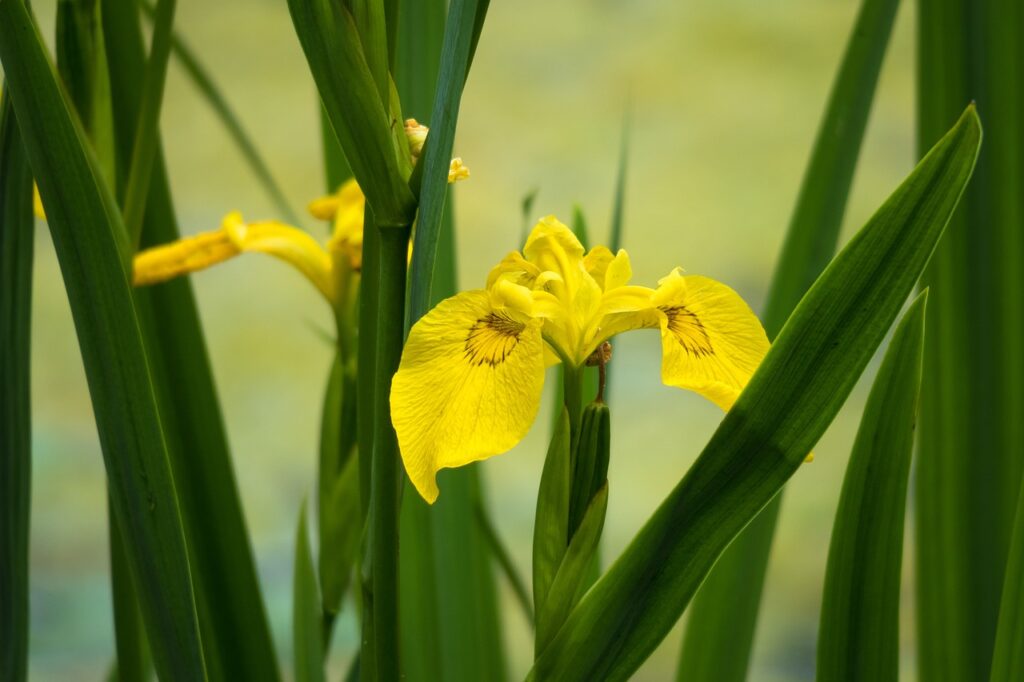
The Yellow Iris thrives in moist environments. Please refer to the following points when planting and caring for it:
Sunlight
Prefers full sun but can also grow in partial shade. Adequate sunlight improves blooming.
Watering
Keep the soil consistently moist. For potted plants, keeping water in the saucer makes management easier.
Soil
Prefers clay or moisture-retentive soils. Planting at the edge of ponds or in naturally wet areas encourages rooting.
Fertilizer
Minimal fertilization is needed. However, applying a slow-release fertilizer once or twice in spring to early summer promotes healthy blooms.
Transplanting & Propagation
It spreads easily through rhizomes. Dividing the clumps every few years prevents overcrowding and improves air circulation, helping to prevent diseases. Best done in autumn or spring.
Conclusion
The Yellow Iris is a perennial of the iris family that harmonizes beautifully with wetlands and watersides.
From ancient times to the present, it has been appreciated across Europe, contributing to water purification and landscape enrichment. It has appeared in rural traditions and poetry, establishing its position as a symbolic plant of watersides.
In Japan as well, it has become naturalized as an ornamental species, essential to nature parks and biotopes.
The key to successful cultivation is ensuring sufficient moisture and sunlight, recreating an environment close to its natural habitat.

